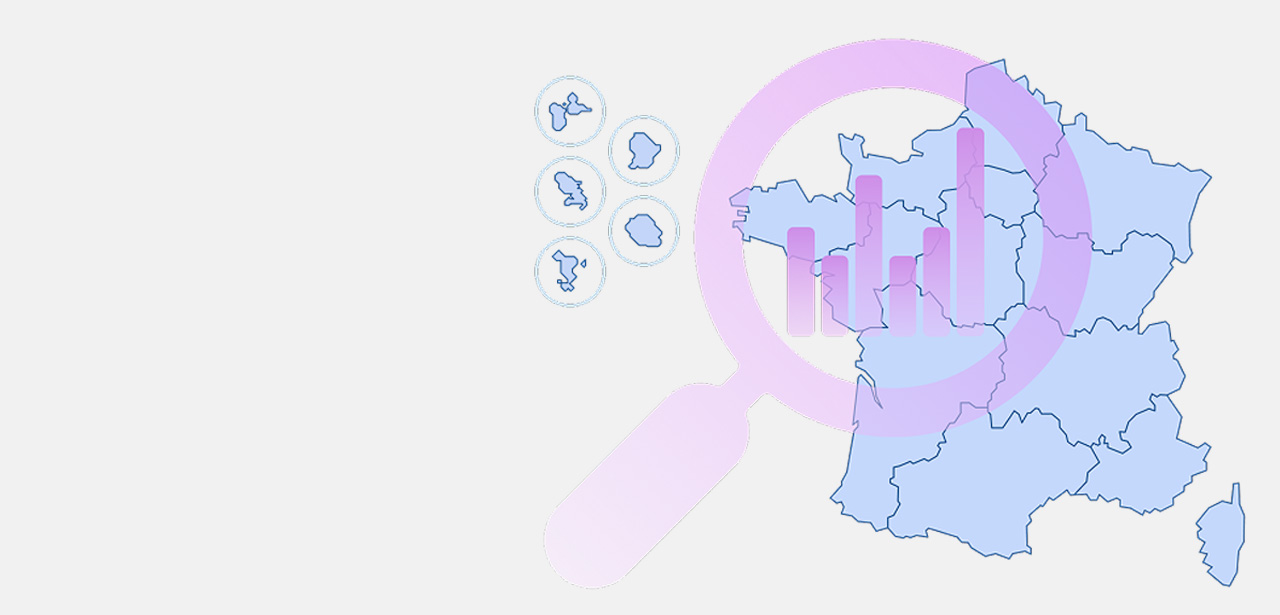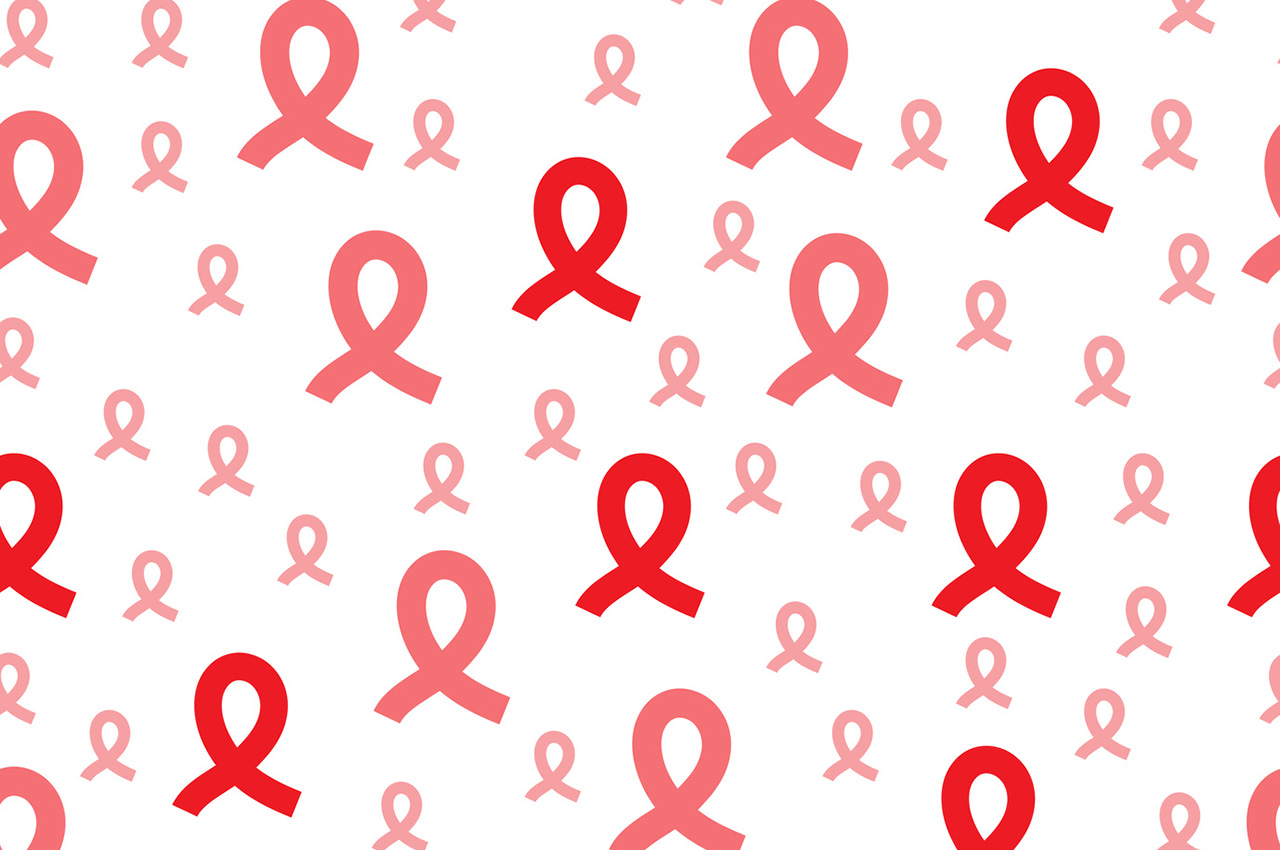Background: Staphylococcus haemolyticus (SH) is an opportunistic pathogen associated with nosocomial infections, particularly bacteraemia in neonates. Epidemiological trends and genetic diversity of these infections worldwide are largely unknown. Aim: To investigate an increase in SH vascular catheter-related bacteraemia in neonates and describe the molecular epidemiology in France between 2019 and 2023. Methods: We analysed clinical and microbiological surveillance data from the French national surveillance network for central catheter-related (venous and umbilical) infections between 2019 and 2023. We also performed genomic and phylogenetic analyses of 496 strains isolated both inside (n = 383 from neonates, staff and environmental samples) and outside (n = 113 from adults) the neonatal intensive care unit (NICU) settings. Results: The proportion of SH among the 474 reported cases of nosocomial bacteraemia increased from about 20% to 30% over 5 years, mainly affecting very low birth weight preterm neonates (≤ 1,500 g). The ST29 sequence type (ST) not prevalent in previous studies was predominant, accounting for 74% of NICU strains. ST29 was characterised by phenotypic multidrug resistance to at least six classes of antibiotics (oxacillin, quinolones, gentamicin, cotrimoxazole, clindamycin and rifampicin), which distinguished it with good sensitivity and specificity from other prevalent multidrug-resistant STs identified (ST1 and ST25). ST29 strains more frequently harboured the drfG, vga-LC and mupA genes and a triple point mutation (D471E, I527M and S532N) in the rpoB gene. Conclusions: The present study highlights the success of a highly resistant ST29 lineage in French NICUs mainly affecting very low birth weight premature neonates.
Auteur : Martins Simões Patricia, van der Mee-Marquet Nathalie, Youenou Benjamin, Ranc Anne-Gaelle, Dupieux-Chabert Céline, Menard Guillaume, Dupin Clarisse, Butin Marine, Vandenesch François, Laurent Frédéric, Berger-Carbonne Anne, Kolenda Camille, Tristan Anne
Eurosurveillance, 2025, vol. 30, n°. 11, p. 15-29


